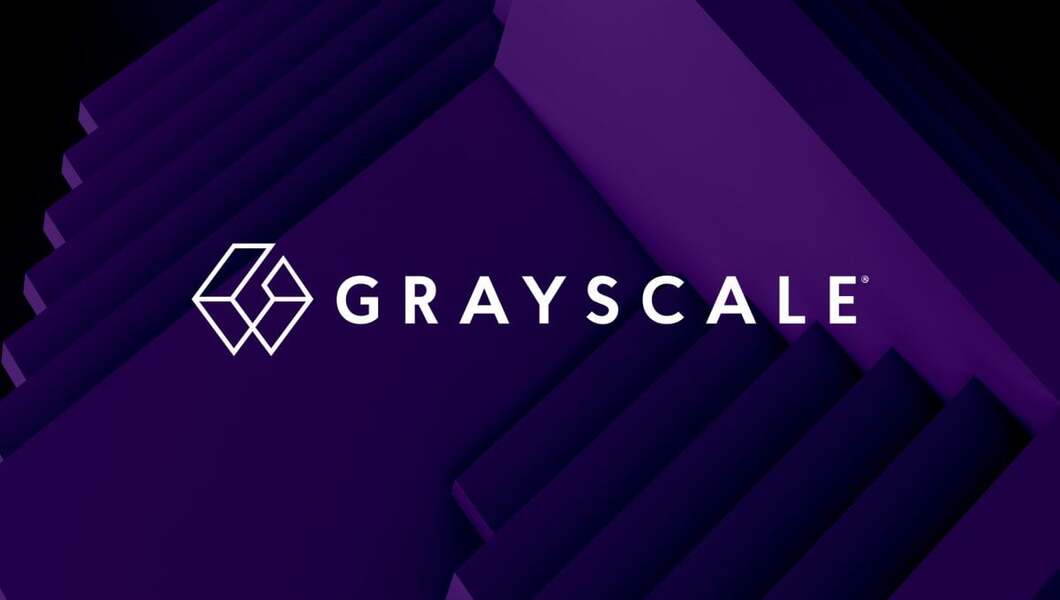Key Insights:
- Grayscale’s amended filing removes staking from its Ethereum ETF plan, aligning with industry trends.
- The SEC’s proactive feedback prompts issuers like Grayscale and Fidelity to exclude staking from their ETF proposals.
- Grayscale and other issuers adjust their Ethereum ETF applications in response to evolving regulatory guidance.
Grayscale Investments has revised its Ethereum ETF plan, eliminating the staking proposal. This adjustment was detailed in an amended preliminary proxy statement filed on Tuesday. Initially, the proposal had included staking for investors, but this feature has now been removed, reflecting a broader industry trend.
🚨 BREAKING: Grayscale Has Removed Staking Proposal From its Spot Ethereum ETF Filing
— Kyle Chassé (@kyle_chasse) May 21, 2024
In the updated proxy statement, Grayscale noted that the primary purpose of Amendment No. 2 was to remove Proposal 2, which had included staking. This amendment aligns Grayscale with other issuers who have also excluded staking components from their spot Ethereum ETF applications. For instance, Fidelity excluded staking rewards from its S-1 registration statement earlier on Tuesday.
James Seyffart, an ETF analyst at Bloomberg, anticipated this adjustment. Seyffart commented that Grayscale’s decision to remove staking language from their filing to convert $ETHE into an ETH ETF was expected.
Grayscale initially filed a Form 19b-4 with NYSE Arca in October, aiming to convert the Grayscale Ethereum Trust into a spot Ether ETF. This follows their successful conversion of the Grayscale Bitcoin Trust to a spot Bitcoin ETF, achieved after a court victory and SEC approval in January.
Ether ETF Filings Revised Amid SEC Input
The removal of staking from Grayscale’s proposal is part of a broader trend among issuers of potential spot Ethereum ETFs. Recently, the SEC requested Nasdaq and the Chicago Board Options Exchange (CBOE) to modify their spot Ether ETF filings. This proactive involvement by the SEC has led to speculation about the potential approval of these financial products.
UPDATE: It’s happening. We have at least 5 of the potential #Ethereum ETF issuers that have submitted their Amended 19b-4’s in the last ~25 min.
Fidelity, VanEck, Invesco/Galaxy, Ark/21Shares, & Franklin all submitted via CBOE. pic.twitter.com/pHGt8iRWi8— James Seyffart (@JSeyff) May 21, 2024
In response to the SEC’s feedback, Cboe and five issuers, including Fidelity, VanEck, Invesco/Galaxy, Ark/21Shares, and Franklin Templeton, published amended 19b-4 filings. These updates are essential as the deadlines for issuers and exchanges to revise their filings approach. While the first of these, an application by VanEck and Cboe, faces a final deadline this Thursday, the spot Ether ETFs can only launch once the SEC also approves the issuers’ S-1 forms.
Fidelity Updates Ether ETF S-1 Filing, Excludes ETH Staking
Fidelity recently updated its S-1 application with the United States Securities and Exchange Commission (SEC), seeking approval for its spot Ether exchange-traded fund (ETF). The revised application highlights that the underlying Ether tokens in the ETF will not be staked, adhering to the SEC’s requirements for publicly traded securities products.
Previously, the SEC seemed poised to deny such applications, evidenced by regulatory filings and public statements from SEC Chair Gary Gensler. However, recent developments suggest a potential reversal in this stance. Analysts James Seyffart and Eric Balchunas from Bloomberg have adjusted their forecasts for the approval probabilities of a spot Ether ETF from 25% to 75%.
A quick note, @EricBalchunas and increased odds to 75% for spot #Ethereum ETF approvals. But that’s for the 19b-4 May 23rd deadline (@vaneck_us‘s deadline) We also need S-1 approvals. It could be weeks to months before we see S-1 approvals and thus a live Eth ETF h/t @NateGeraci
— James Seyffart (@JSeyff) May 20, 2024
Pending Decision for VanEck’s Spot Ether ETF
The SEC’s decision-making process is under the spotlight, with a pending deadline for VanEck’s spot Ether ETF set for May 23. This application is among the first in a series under consideration, with other major financial entities like ARK 21Shares, Hashdex, Invesco Galaxy, BlackRock, and Fidelity also awaiting outcomes. The SEC has utilized the full extent of its regulatory timeline concerning VanEck’s application, indicating a thorough review process.
The SEC’s developing stance on spot Ether ETFs and their classification of staked Ether as securities are key developments. This perspective was supported by statements made by Gensler during a 2022 Senate Banking Committee hearing. Ethereum’s transition to a proof-of-stake (PoS) model adds layers to this debate, potentially influencing the SEC’s regulatory approach.

